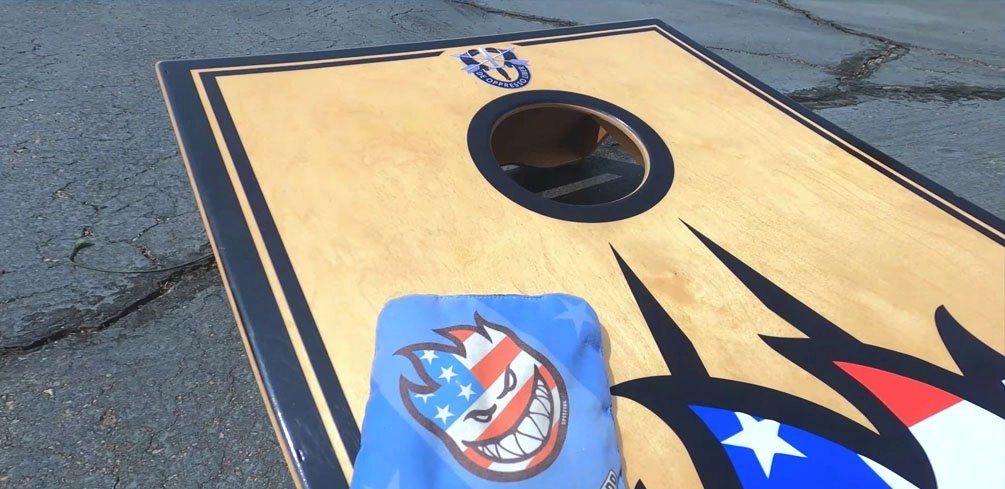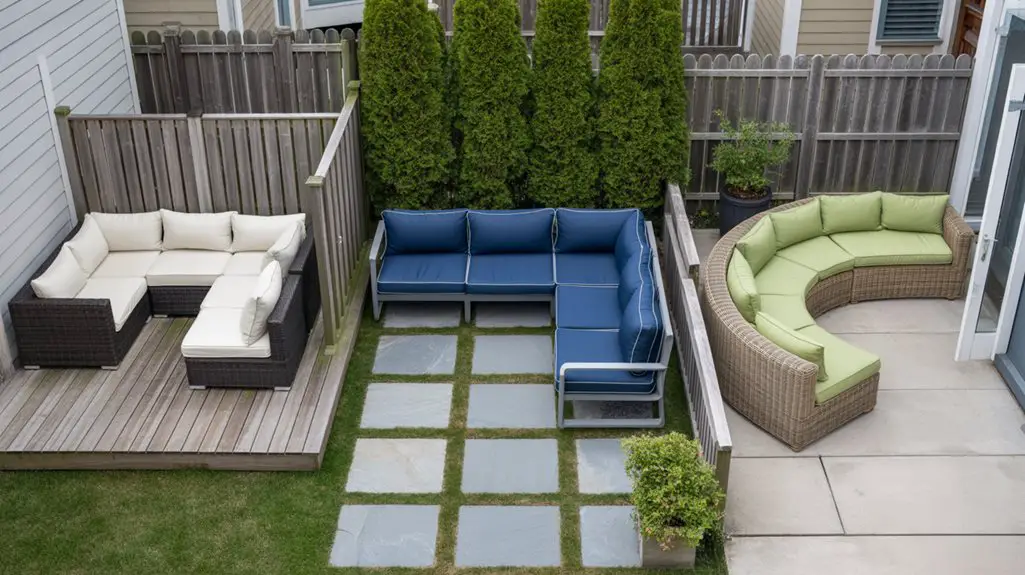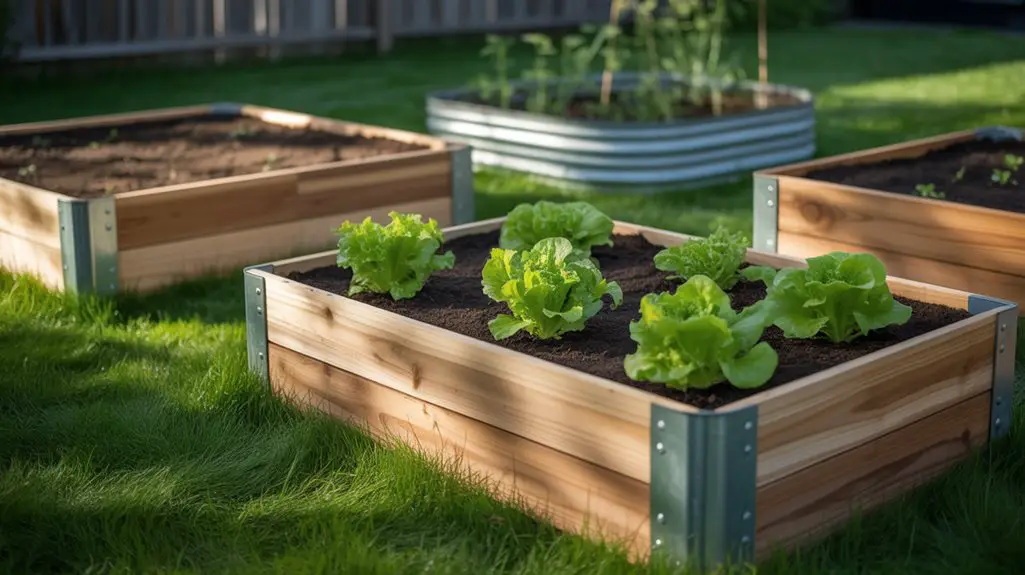Playing cornholes is straightforward and fun. The pitcher tries to get the cornhole bag in the front of the board a few feet away behind the foul line. Every successful pitch into the hole gains a player or team 3-points—a player or team scores 1-point when a cornhole bag lands on top of the board.
There aren’t many cornhole rules that govern how to play, and it is easy to remember all the rules. Moreover, you can set up the court in a few minutes because the layout is simple.
You will need the right equipment for the game and understand how to keep score. This article explores everything you need to know about how to play cornhole.
Equipment for Cornholes Games
The equipment for playing cornholes is cornhole bags and cornhole boards. There are standards for the size and dimensions of the bags and the boards.
All the measurements should be adhered to so that players have a fair chance of winning when playing.
Cornhole Boards
The boards should be made using new wood. Blemishes can distract or mislead a player looking to aim for the hole in the playing surface. Each board should be 47.5-48 inches long and 23.5-24 inches wide.
The plywood should be ½ an inch thick. You can opt for other materials like plastic if you use the cornhole board in your backyard.
The playing surface will determine how easily the bean bag can slide on the front edge when playing the cornhole game. If you add layers of finish to the cornhole boards, it gets slippery.
The length of the board is the same for junior and senior games. What changes is the layout of junior games compared to senior?
Therefore juniors have to throw cornhole bags at shorter distances than seniors.
Each cornhole board has a hole 6″ in diameter. It is placed nine inches from the top of the board. There is a distance of 12″ on each side from the hole to the board’s edge.
The back of the cornhole board is 12 inches high, while the front is 3-4 inches high. Therefore, a cornhole board should be slanting forwards and the hole visible to players.
The finishing on the board should be smooth. You can choose a board with a semi-gloss finish if that is more to your style.
However, please don’t choose a high gloss finish that will make bean bags slide to the ground when it misses getting the bag in the hole.
Cornhole Bag
Cornhole bags should be 6.25” by 6.25” squares. The seams are 0.25” on all sides to ensure they don’t bust when a player throws the bag.
Therefore, the bag is rough 6″ x 6″ when it is full of corn feed. Each bag contains about two cups of corn feed and weighs about 14-16 ounces.
You can substitute corn feed for plastic pellets to create all-weather cornhole bags. Ensure that the fabric used to make cornhole bags is durable.
Some players throw the bags with too much force, causing the seams to come open. We have a full list of different materials to make bean toss bags if you want to do it yourself.
How to Play Cornhole
Playing cornhole is simple. One player needs to toss a bean bag into the hole on the cornhole board. Each toss can earn a player or team a score or not.
A scoreboard keeps track of points each player or team accumulates. Before we go into how to play cornhole, let’s look at the field’s layout for an easy understanding of how to play.
Cornhole Court Layout
A court layout should have cornhole boards with front ends 27 feet apart for seniors and 12-15 feet apart for juniors. A distance of 3-4 feet beside the cornhole boards acts as the pitcher’s box for the players.
Players should never have their feet at the front of a cornhole board while pitching because it is considered a foul. Assume a line parallel to the front of the cornhole board and the pitcher boxes.
Single Player Cornhole Matches
Once you have set up the cornhole boxes, it is time to start playing the game. Single player matches are straightforward.
Each player gets four cornhole bags and stands alongside one of the cornhole boards. When each player picks a side, the game begins.
Player A will start the game by pitching a cornhole bag into player B’s cornhole board. The players will alternate each bag until all four bags are gone.
Meaning when player A pitches the first bag, player B will pitch their first bag, and so on, targeting the opposite board.
Once the bags are all tossed, the next round starts, and they will switch sides and take the score. Each bag inside the hole is 3-points, and each one on top of the board is 1-point.
Any bag hanging above the hole in the board gets 1-point. The other cornhole bags that fell astray from the board do not get the point. This includes any bags that touch the ground.
After the score is taken, players pick up their bean bags and toss them from the opponent’s side. They will keep alternating sides after each inning with four bags each until one of them wins the game. The first one to get 21 points wins the cornhole game.
Double Player Cornhole Matches
A double-player match is similar to a single-player match, except teams do not switch sides after an inning. Therefore, each team (of two teams) stays on their side from the beginning to the end of a match.
Each player will stand on their side of the board, so the board will be between team A and team B. Each team gets four bags, and players alternate pitching all four balls.
At the end of an inning, the player at the foot of the board’s edge takes the score.
The game will keep going until one team wins the game by scoring 21 points first. It may seem simple, but partnering with a team player who isn’t good at throwing a bag can cost you many points.
Overall, it is a fun outdoor game that compels people to be competitive.
Cancellation Scoring Rules
When you play cornhole, scores are done using a method called cancellation scoring. For example, say team one has 3-points after the first inning, and team two has a score of 6-points.
The three points cancel out the three points from the team two’s total. The end score of that inning will be team one 0-points and team two 3-points.
Say team one scores 5-points in the second inning, and team two scores 12 points. The total of team two’s points will be 15 points.
Judges will use cancellation scoring and cancel out 5-points from each team. The final score after the second inning will be 0-points for team one and 10-points for team two.
The process continues until the team to reaches 21 points first becomes the winner. It becomes necessary for players to earn 3-points with each score to stay ahead of the competition.
How to Throw a Cornhole bag
The simplest way to throw a cornhole bag is using the underhand and aiming, so it goes through the hole on the opponent’s side cornhole boards. Most players prefer to spin the bag a little like a Frisbee to give it momentum and increase the odds of going into the hole.
However, you have to be careful not to spin the bag too much as it will go out of the court. You can use the first bag to gauge how much force you need to score 3-points.
After that, keep your force even to endure increasing the odds of scoring 3-points with each bag you throw through the hole.
What are the Cornhole Rules
There are a few rules of cornhole that you must familiarize yourself with before you start playing. Breaking any of the rules of cornhole will result in a foul bag.
The penalty for fouls removes the player on the wrong from the court before the game continues to play. Below are the rules you should follow.
- Players must bag toss within 20 seconds, the allotted time for each pitch.
- Players must stay within the pitcher’s box whenever they execute a pitch.
- Do not cross the foul lines when pitching.
- All cornhole bags must be pitched from the same pitcher’s box during an inning.
- Players should not remove bags from the board until scoring is done. Removing the bags before scoring can result in the non-offending team getting rewarded 12 points for the inning.
- Once the bag leaves your hand after the forward swing during an inning, it will be considered a pitch.
- A player can pick up a bag when it falls before the final swing of a pitch. Therefore, if a bag falls touching the ground when you are drawing your hand back, you can pick it up and continue with the pitch.
- Aiming the bag outside the court will result in penalties.
- It is a violation of rules for a bag to hit the ground before hitting the board.
Overall, practice improves the aim of a player and reduces the odds of the player breaking the rules during a cornhole match. It is essential to maintain the rules when kids play at home to learn how to play cornhole the right way.
Who Pitches First?
The winner of the last inning gets the honor of pitching first. Suppose the inning was a tie. The team pitched in the last inning pitches first in the next one.
Therefore, the scores of each inning determine who will start as the designated pitcher.
Make sure the pitcher stays behind the foul line. You don’t want them outside the designated pitcher’s box, or the pitch will count as foul bags. Staying inside the designated pitcher’s box is very important for the cornhole players as this can quickly cost you the game of cornhole.
Most people prefer to toss second because this can help a good play top the other opponent’s bag giving them more points. This is especially good if they get their bag in the hole on the last throw of the round.
Conclusion
Cornholes is a fun game that kids and parents can play together outdoors during family bonding time. It is a competitive sport, and the official governing body in the U.S.A. is the American Cornhole Association (ACA).
The body is responsible for publishing the game guidelines and updating the public with any recent changes.
Cornhole is suitable for both adults and children. You can follow the court guidelines when setting up a juniors court. Generally, you can use the game to get kids outdoors and engage them in physical activities.
There are few chances of getting injuries when playing cornhole, making it a family-friendly game. Having the bags so soft and filled with corn is one of the main reasons you don’t have to worry about injury.
This game can even be a DIY project to create. We have a full guide on how to make bean bag toss bags that will cost very little.
In the future, if you feel like you need a change from cornhole but still want to enjoy the beautiful weather and fresh air, we recommend playing outdoor shuffleboard.
Please be careful and use at your own risk
None of the authors, contributors, administrators, or anyone else connected with BestPlaygroundSets, in any way whatsoever, can be responsible for your use of the information contained in or linked from these web pages.




